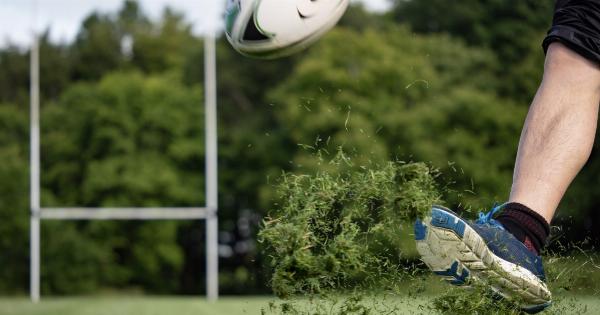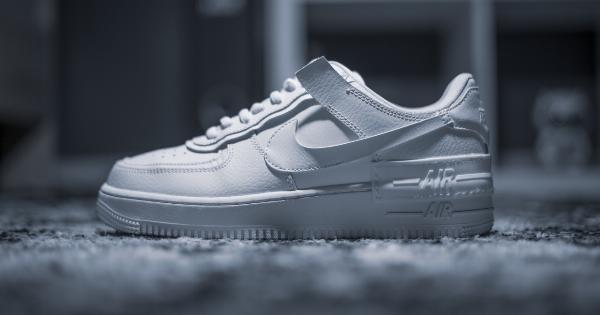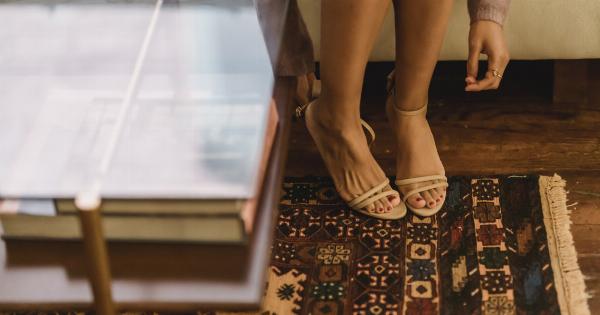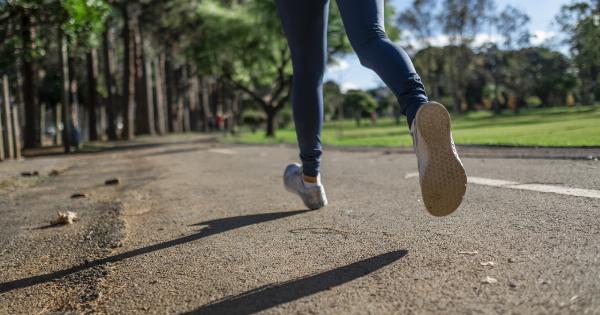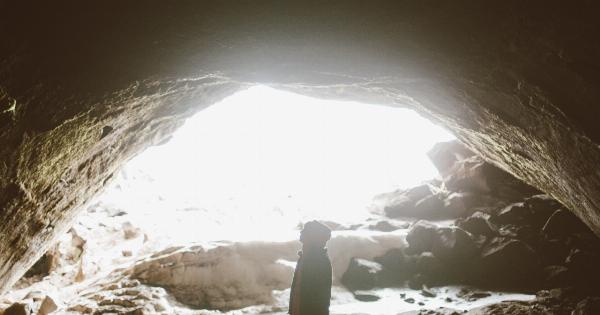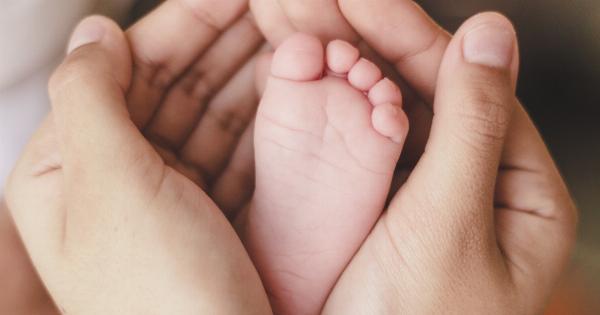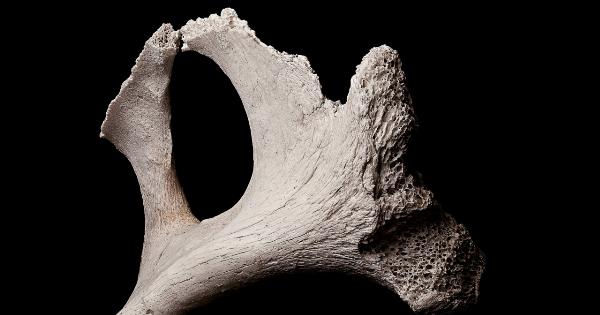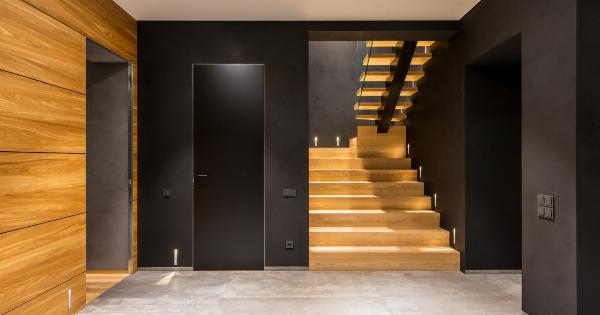Our feet carry us everywhere we go, and yet, they often go unnoticed. However, paying attention to the way your feet and toes strike the ground can give you insights into your overall health.
Tread patterns can tell you about your posture, balance, biomechanics, and even bone structure. Here’s what your tread may reveal about your health.
1. High Arches
If you have high arches, you may be prone to developing plantar fasciitis, heel spurs, and ankle sprains. High arches can cause instability and make it harder to absorb shock and distribute weight evenly across your feet.
It can also affect your balance and increase your risk of falls. Consider wearing shoes with good arch support, and doing exercises that strengthen your ankles, calves, and arches.
2. Flat Feet
Flat feet can be caused by genetics, improper footwear, or injury. It can lead to overpronation, which means your feet roll inward too much when you walk or run.
This can put extra strain on your knees, hips, and lower back, and increase your risk of injuries such as shin splints and stress fractures. Wearing shoes with motion control and stability features can help correct overpronation.
3. Toe Imprints
If you notice that your toes leave imprints on your shoes or the ground, it may be a sign of tight shoes or toe deformities such as hammertoes or mallet toes. These conditions can cause pain, corns, and calluses.
Wearing wider shoes with a roomier toe box can help alleviate pressure on your toes and reduce discomfort.
4. Uneven Wear
If the soles of your shoes wear out unevenly, it may be due to an imbalance in your gait or a leg-length discrepancy. This can increase your risk of developing knee, hip, and back pain.
A podiatrist can evaluate your gait and prescribe custom-made orthotics to help correct the problem.
5. Heel Strike
If you tend to strike the ground with your heels when you walk or run, it may be a sign that you need to improve your posture and biomechanics. Heel striking can cause jarring impacts that can harm your feet, legs, and spine.
Try to land mid-foot or forefoot and engage your core muscles to maintain stability and balance.
6. Toe Walking
If you walk on your toes instead of your heels, it may be a habit that you developed as a child or a sign of neurological disorders such as cerebral palsy or autism.
Toe walking can cause calf tightness and make it harder to perform activities such as running, jumping, and climbing stairs. Physical therapy and stretching exercises can help improve range of motion and flexibility.
7. Pronation
Pronation is a natural movement of the foot that helps absorb shock and distribute weight. However, overpronation or underpronation can cause problems such as plantar fasciitis, shin splints, and bunions.
Consult a podiatrist or a physical therapist to determine whether you have a pronation problem and how you can address it.
8. Calluses and Corns
Calluses and corns are thickened areas of skin that form in response to friction or pressure. They are often caused by ill-fitting shoes, bony prominences, or repetitive activities.
Calluses and corns can be painful and unsightly, and can sometimes lead to infections. Avoid wearing tight or pointed shoes, and use protective padding or insoles to cushion your feet.
9. Bunions
Bunions are bony protrusions that form at the base of the big toe, often due to genetics or wearing tight shoes. Bunions can cause pain, inflammation, and difficulty finding shoes that fit.
In severe cases, surgery may be necessary to correct the deformity. Wearing shoes with a wider toe box and avoiding high heels can help prevent or slow the progression of bunions.
10. Neuromas
Neuromas are painful growths of nerve tissue that develop between the third and fourth toes, often due to repeated trauma or pressure. Neuromas can cause a sharp burning pain and numbness that radiates to the toes.
Wearing shoes with a lower heel and a wider toe box can help alleviate the symptoms of neuromas, and corticosteroid injections or surgery may be necessary in severe cases.
Conclusion
Our feet are intricate structures that can reveal a lot about our health and wellbeing.
By paying attention to your tread patterns and taking care of your feet through proper footwear, exercises, and medical care, you can prevent injuries, improve your posture and balance, and enhance your overall quality of life. Don’t take your feet for granted – they are the foundation of your mobility and vitality!.





